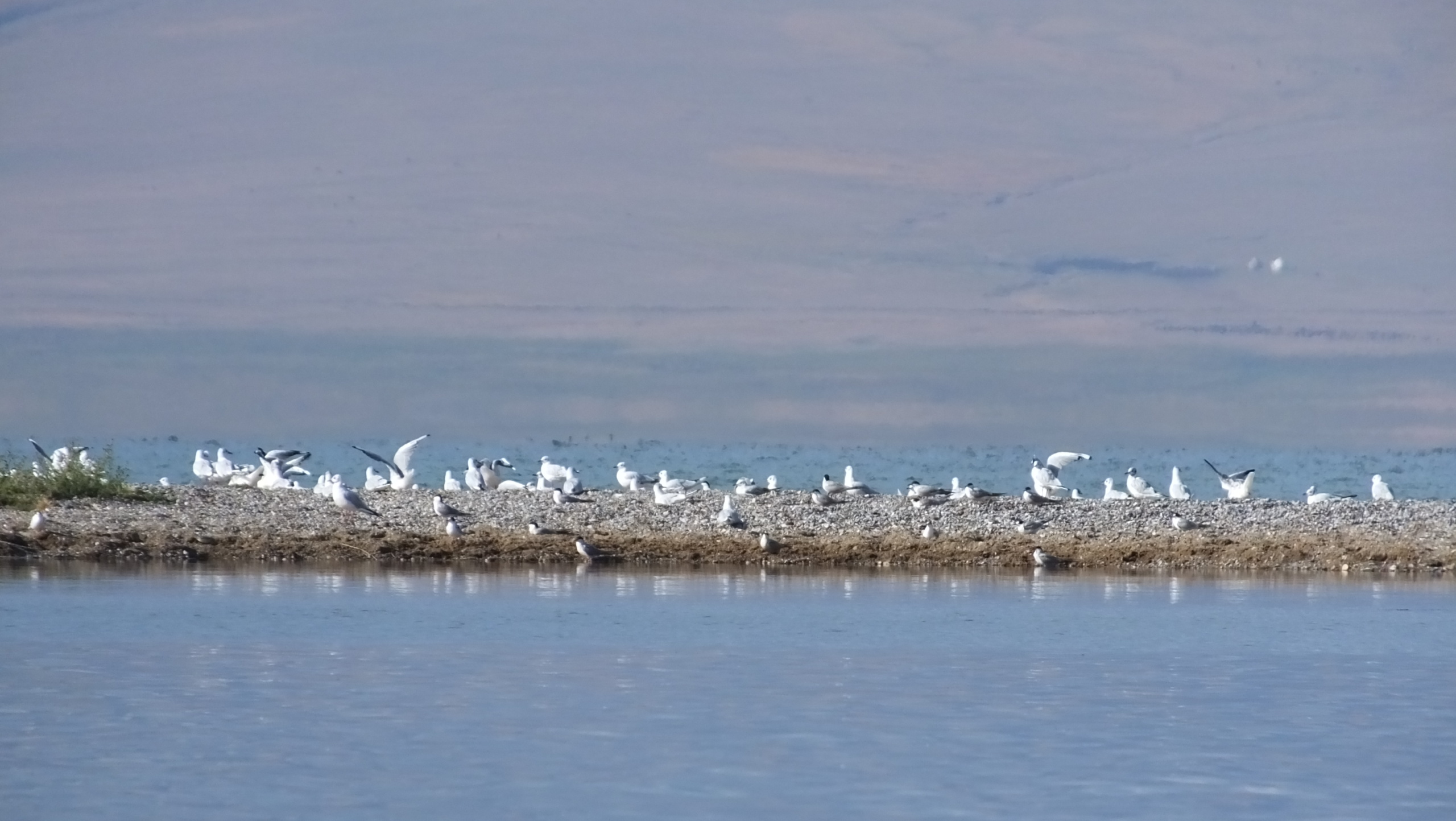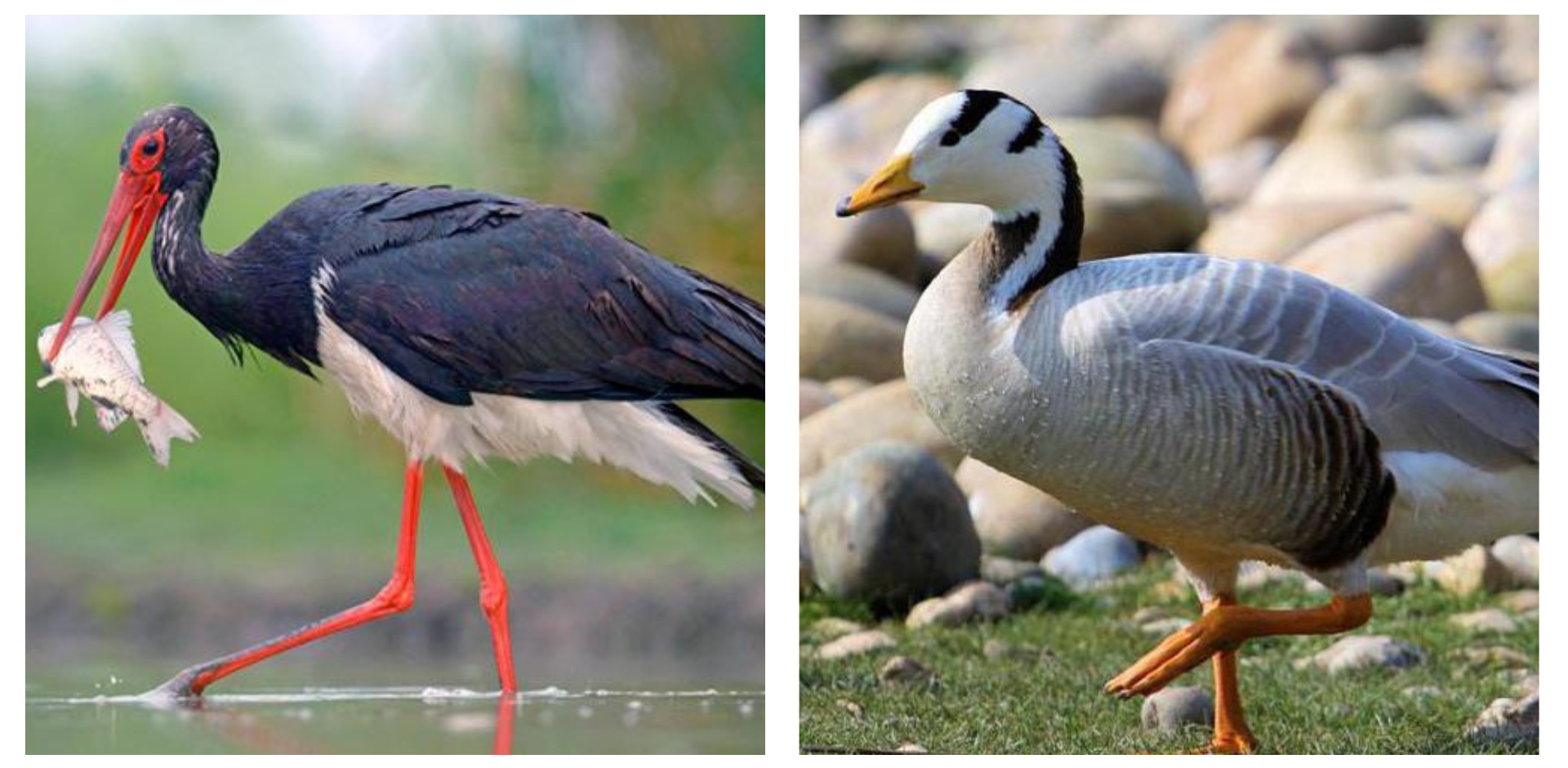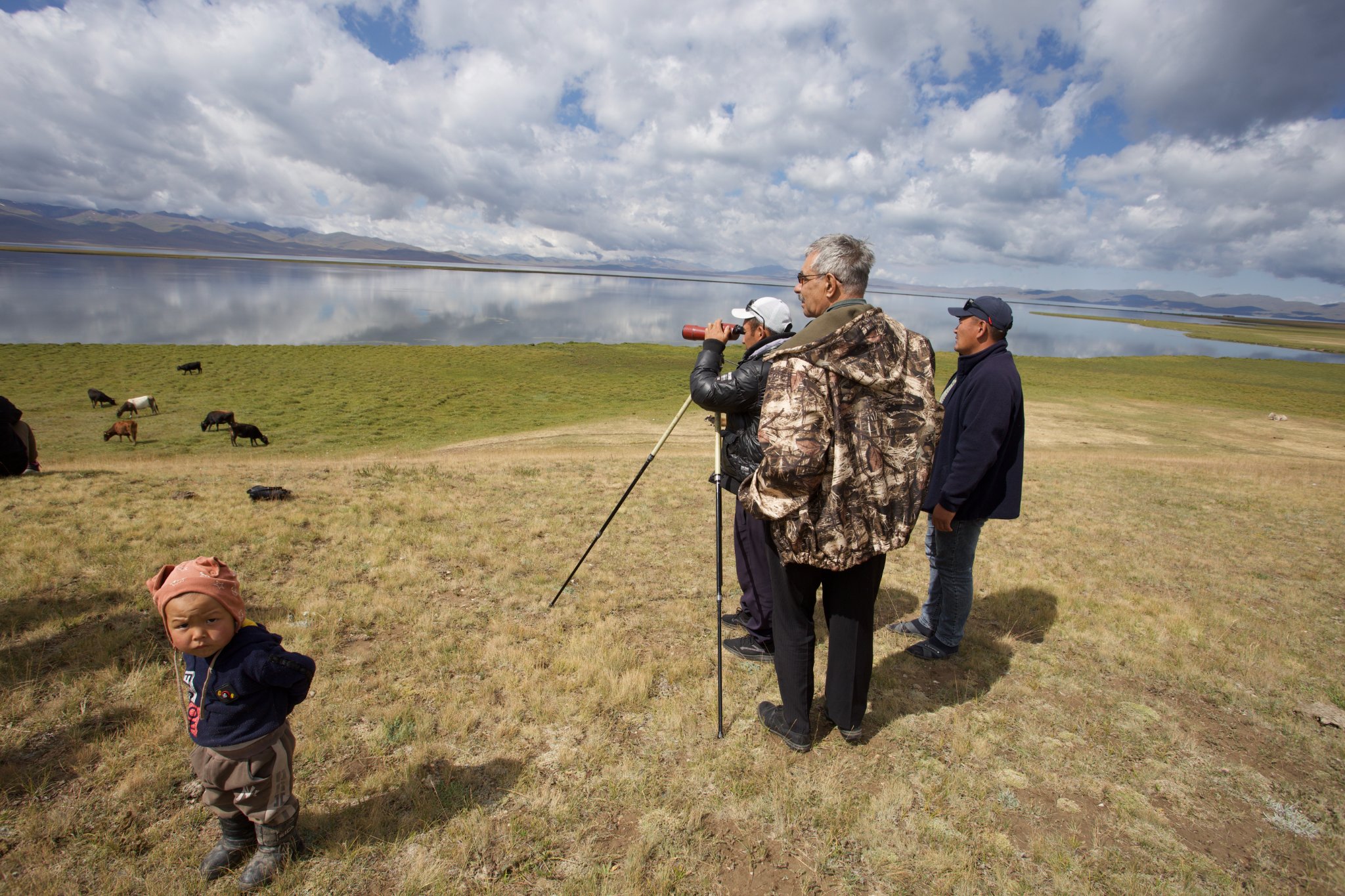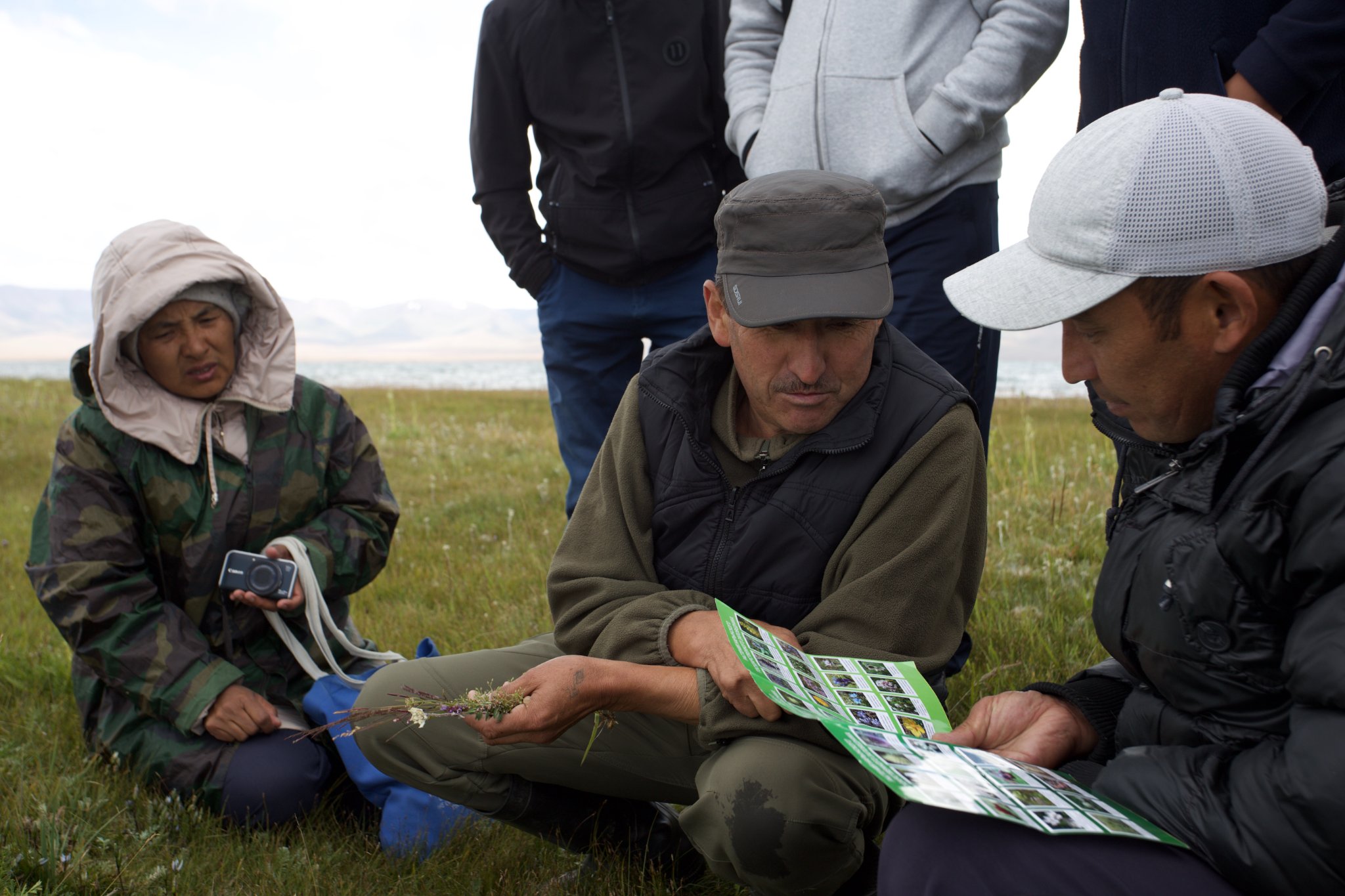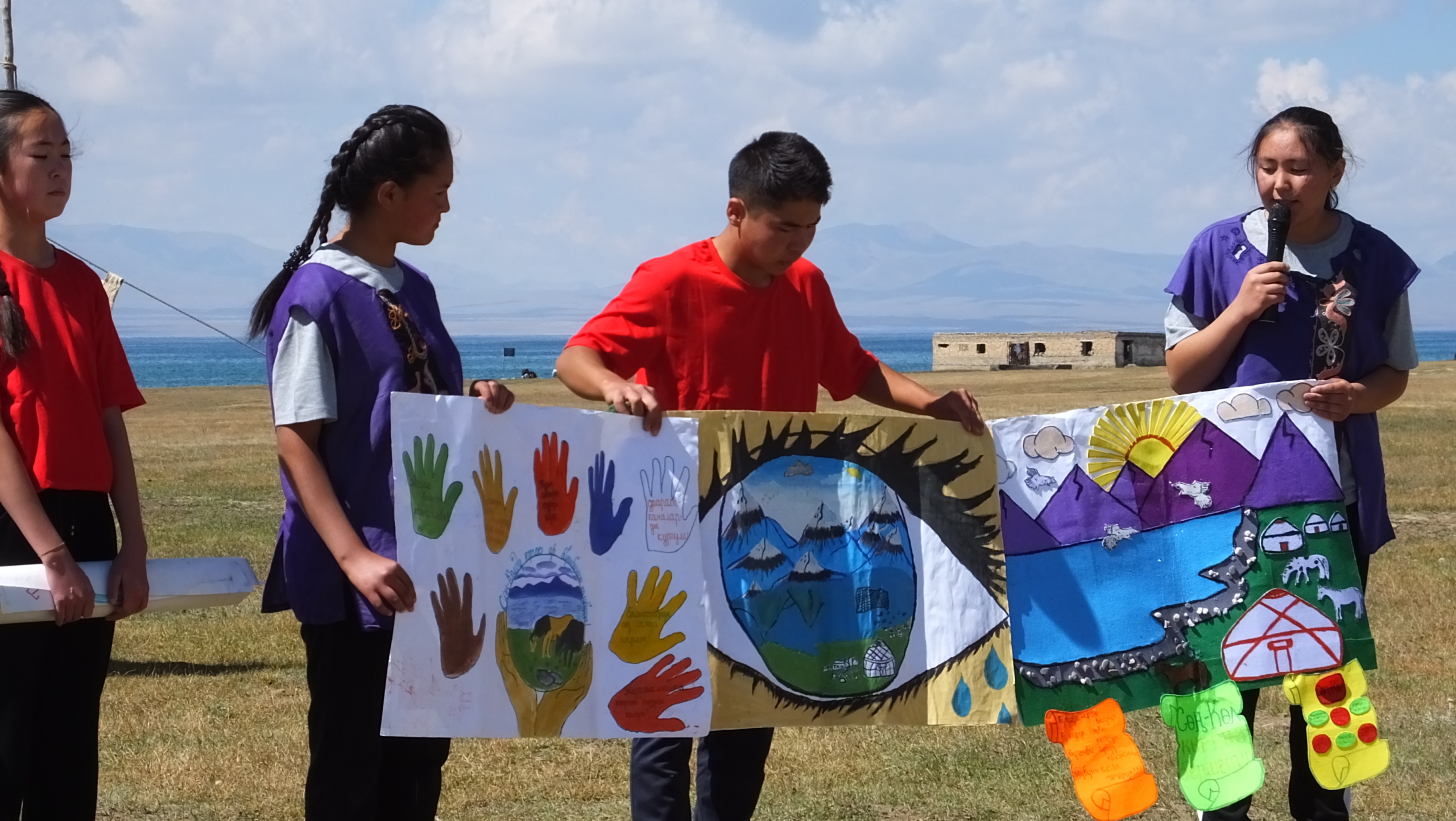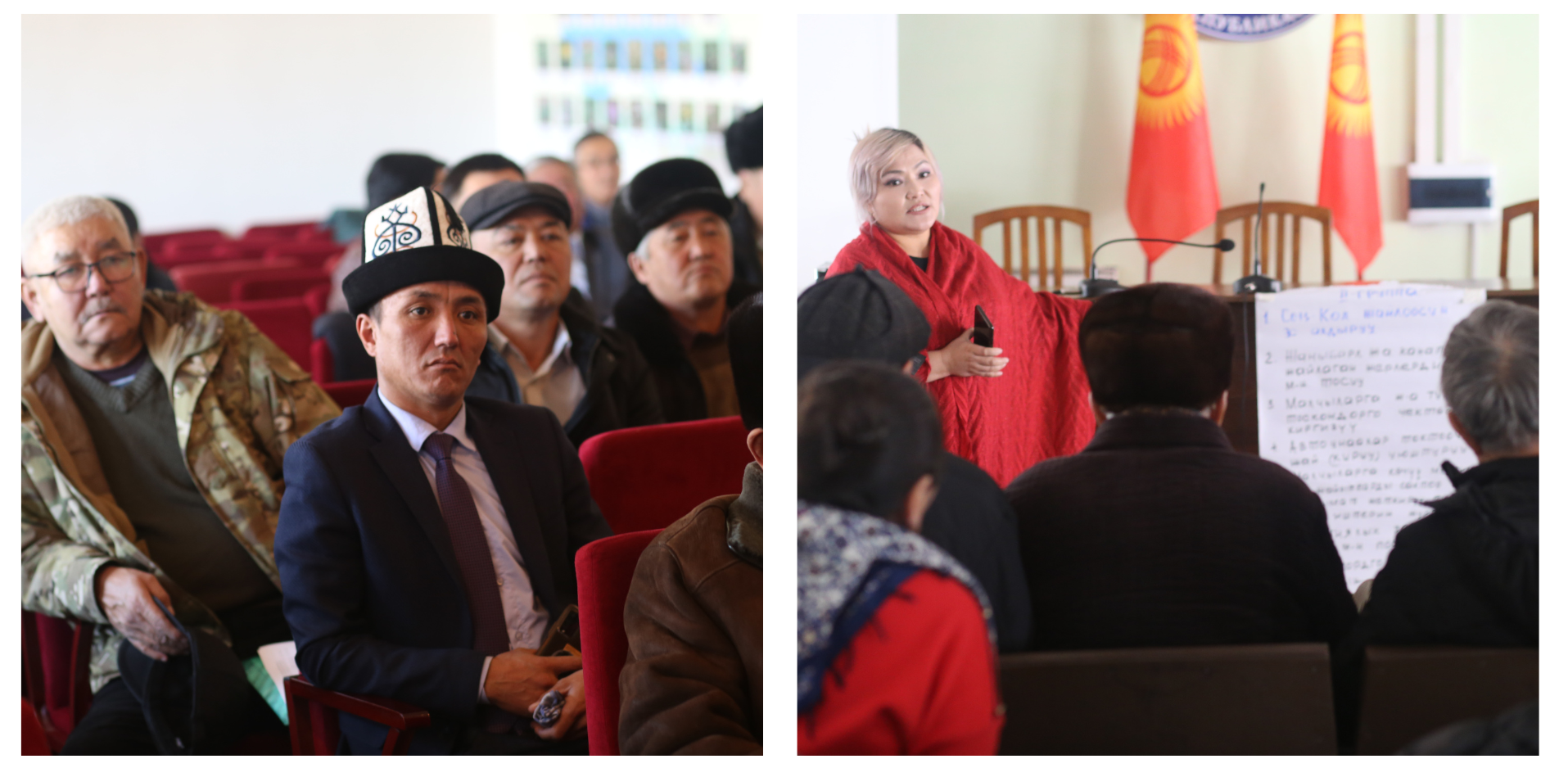From March until December 2022, CAG in partnership with the Institute for Sustainable Development Strategy (ISDS) had been implementing a project “Securing wetland ecosystems of Lake Son-Kul in the Kyrgyz mountains”. Together with Cholpon rural municipality, ISDS focused on supporting the rights of local communities to protect and manage wetlands and natural resources of the Son-Kul basin of Naryn region. You can read the first blog post about this project via this link.
Son-Kul Lake performs a number of important environmental functions, such as maintaining the stability of the region’s climate, accumulation and storage of fresh water, maintaining the level of groundwater, accumulation of pollutants, water purification, erosion control, and maintenance of biological diversity. Son-Kul Lake has been included in the International List of Wetlands of the Ramsar Convention since 2011, and the lake is of great importance as a nesting and summering place for waterfowl. In addition, the pastures of Lake Son-Kul are used as summer pastures for cattle grazing and are very important for the livelihood of local communities, because they are the main source of income for rural households, which are directly dependent on the natural resources and biodiversity of the area. Ecotourism and fisheries are also developing in this area.
In recent years, due to climate change, unsustainable land use practices, as well as irrational use of water, the natural migration routes of wild animals, including birds, were disrupted in Cholpon aimak, which causes death among some species of mammals, fish, birds, and other species. The uncontrolled increase in the number of livestock and intensive grazing in many areas of Son-Kul has led to degradation of pastures, the spread of animal disease, and growing threats to waterfowl and wildlife. Poaching and hunting, especially for birds during the molting period, destroy their populations. This, in turn, together with uncontrolled tourism and household waste, leads to disruption of the natural balance. Farmers, pastoralists, women and youth face enormous challenges in securing their rights to use and manage land and other natural resources.
To strengthen the capacity of local community members of Cholpon aimak and to assert their rights to sustainable land management and protection, ISDS held a number of workshops and trainings within the framework of the project, such as “Biodiversity of the Son-Kul Basin: Problems and Solutions”, “Environmental law”, “Advocacy: protection and promotion of public interests, taking into account gender equality”. The workshops were organized based on a participatory approach.
Participants of the training “Advocacy: protection and promotion of public interests”
Askar Davletbakov, Ph.D., and Myskal Ganybayeva, Ph.D., Experts of the National Academy of Sciences of the Kyrgyz Republic, carried out mapping of the flora and fauna of Son-Kul and developed a simplified methodology for monitoring biodiversity (waterfowl, pastures, medicinal herbs, etc.).
Moreover, Talant Turdumatov, a national expert, prepared a review of international, national and local legislation of the Kyrgyz Republic, including ratified international acts and conventions governing the protection of wetlands, biodiversity, their rational management, use, conservation and restoration. A 5-year wetland management plan for the Ramsar site of the Karatal-Zhapyryk State Reserve of Lake Son-Kul has been developed.
Within the framework of the project, community monitoring of waterfowl and vegetation was carried out on the Son-Kul lake with the active involvement of local communities of the Cholpon rural municipality of the Naryn region.
Community-based monitoring of vegetation of pastures and waterfowl in Son-Kul led by experts of the National Academy of Sciences of the Kyrgyz Republic and local eco-activists
“Save Birds of Son-Kul Lake” Festival in Son Kul Lake was organized with the participation of eco-activists and schoolchildren from 9 villages of the Cholpon aimak, representatives of Karatal-Zhapyryk State Nature reserve, local government and the union of pasture users of the Cholpon ayil aimak, district and regional administration of the Naryn region, tour operators, and community media. School students and teachers performed “My Son-Kul” theatrical prologue. Moreover, the festival was accompanied by a youth performance and an exhibition of children’s drawings “Youth for the preservation of Son-Kul: creating our future”.
Drawing competition “Youth for the preservation of Son-Kul: creating our future”
At the end of the festival, there was a discussion focused on the plans for preservation and development of Son-Kul, which resulted in the creation of a Resolution “Save Son-Kul”.
Working seminars at the level of Cholpon rural municipality and administration of Kochkor district. Approval of the Resolution “Save Son-Kul”
Additionally, “Clean Son-Kul” eco-campaign was carried out jointly with young people, eco-activists, deputies of the aiyl kenesh, representatives of multimedia centers and local rangers, where a coastal zone of the “Batay-Aral” peninsula of Son-Kul Lake was cleaned.
Within the framework of the project, the following publications and materials were created:
Community multimedia centers are operated on the base of local public schools and publications about the project activities were created by local school students and teachers. |
To learn more about ISDS, follow the links below:
- Website: http://www.isds.kg/index.php/en/
- Instagram: http://www.instagram.com/isdsfund/
You can read more about Centralasiengrupperna and how you can support our work in Central Asia under the following link.

